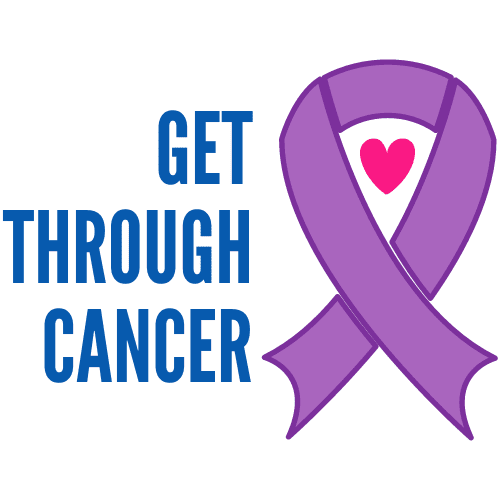My story as a cancer patient
My story as a cancer patient
Introduction
We jump right into my story as a cancer patient, which began for me at age 22.
This version summarises the most important stations, which describe a small insight into my experiences.
Medical history is not funny. Otherwise, it wouldn’t be a medical history and, therefore, not light reading. Especially if you don’t know the person who is sharing their experience. Still, I hope it’s not too tedious to read.
More information about me I tell you here. Why I created this website, you can find out on this page.
My medical history - here we go
I was diagnosed with medullary thyroid carcinoma in 1990 at the age of 22. In the same year, the entire thyroid gland and numerous surrounding lymph nodes were removed in an operation.
Surgery was followed by radiation to this region – a treatment that is no longer used today for this type of cancer.
From 1990 to 2005, I consistently had elevated tumour markers, but they remained stable and therefore – apart from annual controls – no further treatment was necessary. I lived an utterly everyday life, but that was to change in 2005 – 15 years after the initial diagnosis.
From 2005 to 2008, my tumour markers began to fluctuate – a real roller coaster ride – also of emotions.
In 2009, a so-called “recurrence”, i.e. a new tumour, again in the neck region, was finally removed by a new operation. The findings included the term MEN2a (multiple endocrine neoplasia type 2a) for the first time. Since I didn’t know the term and no doctor responded, I negated that – for now. I’ll come back to that later – more specifically, in 2018.
In any case, I hoped that with this intervention, everything would be settled again, and I could count on stable values.
For the first time, however, I had difficulties with my cardiovascular system afterwards, with attacks of high blood pressure, sometimes coupled with racing pulses, which brought me a visit to the hospital at the end of 2010. This was probably caused by a combination of incorrectly adjusted thyroid levels (as I unfortunately only found out later) as well as an increased stress load due to various events in my private and professional life.
For the next few years, these circulatory crises accompanied me again and again. In addition, there was a massive problem with swallowing, probably a result of the surgeries and radiation treatments that had been performed, as well as a narrowing of the entrance to the stomach. In the process, now and then, I couldn’t get any bites or any liquids down. It felt like a cramp every time; some released quickly, but some lasted for hours..
In 2013, unfortunately, the tumour markers rose again, and a new recurrence was found. A new operation was performed, but unfortunately, only healthy tissue was removed. So, the tumour markers continued to rise, and at the same time, my swallowing and circulation problems increased.
In 2014, the next attempt was made to remove the new recurrence. The surgery succeeded but at the expense of my right vocal cord, which has been paralyzed since then. The paralysis did occur a few days after surgery and surprised my attending surgeon – me too. Completely unprepared, I not only continued to have my swallowing problems but now aspirated (fluid enters the lungs in the process) in addition. My voice sounded rough and a lot quieter than before.
A few days after this operation, massive problems with my circulation also reappeared. Breathing evenly and calmly was complicated for me this time. For the first time, a panic attack was spoken of at that time. I’ll come back to that later. Anyway, it calmed down a few days later.
Speech therapy exercises helped me get the aspiration and speech problems under control after a few months. However, the problems with “swallowing cramps” continued.
My tumour markers rose again after the last surgery, and a new recurrence was discovered in 2016. This time, however, I asked not to be operated on right away, But to continue to observe the tumour markers. Because this recurrence was on the left side of my neck, which is the side of my healthy vocal cord. I wanted to prevent paralysis of this vocal cord at all costs. But I also felt, as I had with past recurrences, the pressure – in medical terms, the “space-occupying” – that this tumour was exerting on my neck.
I now tried to counteract this with alternative treatment methods, more sporting activity, stress relief and a diet. This noticeably improved my general physical condition, but it could not inhibit my cancer growth. This continued to grow, and so I had to go under the knife again in 2017.
The renewed intervention was partially successful. A vocal cord paralysis of the left vocal cord was successfully prevented with a complex surgical method. The condition of my tissue due to the radiation was a significant problem. After all, this destroys cancerous tissue and the adjacent healthy tissue. This makes it very difficult to delineate tissue structures. In 2020, this was just as important a factor in another operation.
But let’s get back to the intervention in 2017. Unfortunately, not all of the affected tissue could be removed. This would require a chest opening, which was not done during this surgery. In addition, this would undoubtedly sever the still functioning left vocal cord nerve.
A few days after the operation, the restlessness was also felt again – high blood pressure and palpitations – which returned to normal relatively quickly. There seems to be a connection between thyroid surgery and “panic attacks”. After the operations in which tissue containing tumours was removed, I always had these problems, but they disappeared again entirely as soon as my thyroid levels returned to normal.
The discharge letter again had the word MEN2a in it. Once again, I did not assign any importance to this since the doctors did not react to it.
I recovered from this operation quite quickly, concentrated on my rehabilitation and resumed one of my favourite hobbies – hiking with the family in the Styrian mountains – just a few months later.
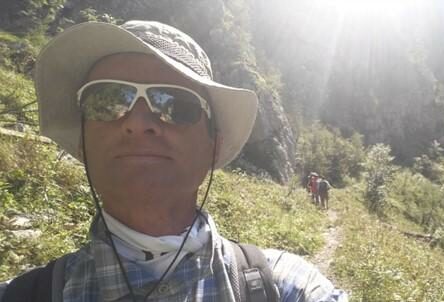
At the end of 2017, I decided to take a more active approach to my disease and gather more detailed information. Until then, I had had blind faith in my doctors and had not dealt with my illness in detail. In addition to Dr. Suchmaschine, I joined two sufferer groups on Facebook, which was and is very important for the further course. These groups were and are a huge help. This was an awakening from my previous passive role. In particular, the term Men2a (multiple endocrine neoplasia type 2a) now came into focus, as this indicated a hereditary tumour disease, which was ruled out in 1990. This would mean that I could also pass on my illness to my children. And that worried me more than my illness. I immediately contacted the human genetics department of my hospital, where I agreed on the further procedure with an outstanding specialist who took a lot of time for various explanations. Blood was drawn and sent for analysis. I had to wait a relatively long time for the results.
In late 2017 and 2018, my findings also worsened again, and I felt the mass so massively that either another surgery or drug therapy with a so-called tyrosine kinase inhibitor (abbreviated “TKI” – inhibits the growth of specific cancer cells) had to be performed. For various reasons, I opted for the surgical procedure this time, too, even though it would have massive consequences for me, which my surgeon – a specialist in his field – explained to me in detail beforehand.
During the operation, a “protective tracheostomy” was performed with the chest partially open – a unique technique practised by very few surgeons – to ensure that breathing could continue, as the left vocal cord would now also be severed. That meant bilateral vocal cord paralysis and a tracheotomy with a cannula that I still wear today.
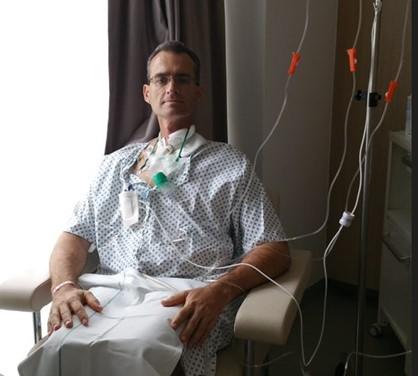
It was then that I first felt the difference between a minimally invasive surgery (which means “minimally invasive with as few side effects as possible”) and a major surgery.
My lungs, in particular, didn’t “like” it, as the left vocal cord nerve was severed, and the left phrenic nerve was at least affected. This was joined again by high blood pressure and an elevated pulse. Eating, drinking and speaking were not possible at all at the beginning – the doctors, physiotherapists and speech therapists did a great job here so that I was able to leave the hospital for home care again after 21 days. In the course of my hospitalization, however, I also received the news, thank God, that I do not have Men2a. Why this showed up in my findings, no one could explain.
A few weeks later, for a change, I was in the hospital again twice with a hypertension crisis and a racing pulse. The pulse-racing occurred only in the recumbent position. As soon as I stood up, the heartbeat returned to normal. To this day, it is not clear why this was the case. Presumably, there was a connection with the offended phrenic nerve. This problem did not occur again afterwards until today.
A rehabilitation stay followed, which – surprisingly for me – was extremely positive and significantly improved my general condition. Based on my research, I changed my thyroid specialist (endocrinologist) who immediately began to properly adjust my thyroid levels.
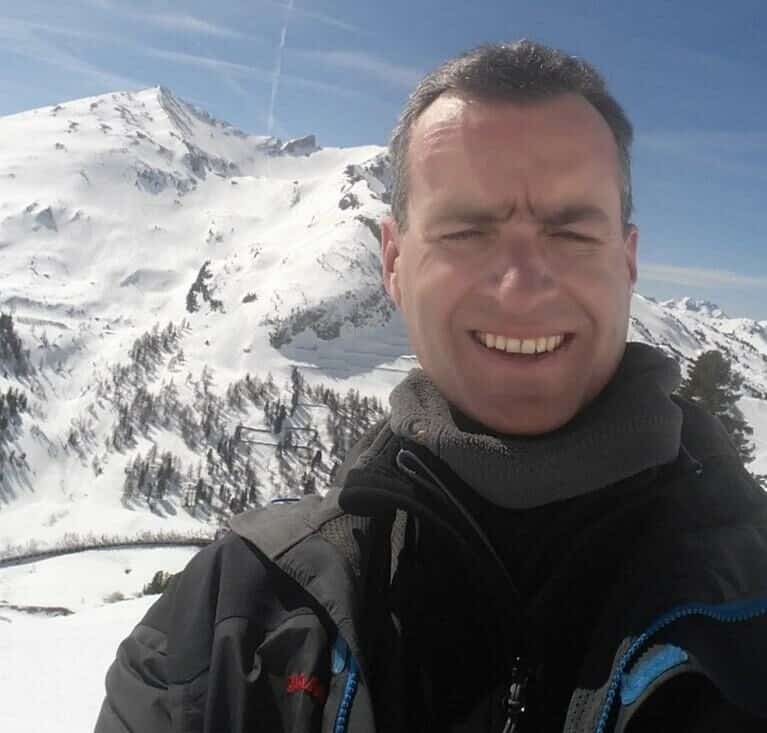
I missed my goal of still being on skis in 2018, but at the beginning of 2019, I could proudly mount my skis again. I was more as a ski tourist than as a sporty skier, but what an incredible feeling it was. After a few adaptations, the cannula was no longer a limitation.
But already in the same year, my tumour markers rose sharply again.
Through my own research, but also on the advice of my new endocrinologist, I now switched to another clinic that was and is better suited to my condition. This was one of the most important steps for my treatment because the specialists for my disease work hand in hand.
A new tumour was discovered on the right side of the chest and neck. But not only in this region but also in the lungs. So, for the first time, the cancer had spread – I was now “systemically” ill!
The decision had to be made to operate again or to switch to drug treatment. Again, after a long period of consideration, I decided to have an operation, which was also performed in 2020 by the surgeon who had operated on me in 2018.
During the procedure, which went according to plan, another cancer site was discovered surrounding a large vessel. I was woken up and asked if I wanted to remove this as well surgically. I agreed to that – and then, unfortunately, many things went wrong.
Two vessels ruptured, so a vascular prosthesis had to be inserted in an emergency operation. The doctors did everything they could to save me. Nevertheless, my brain was undersupplied for a while. It was unclear what brain damage I had sustained – my wife was prepared for the worst. After waking up in the intensive care unit, “only” weakness of my right eye was detected, thank God. My left hand only functions to a minimal extent. I couldn’t do anything with my fine motor skills, and since then, I have had slight concentration problems and problems with my short-term memory. However, my children attribute the last two points more to my advanced age.
Breathing was also challenging since the right phrenic nerve was no longer functioning. Especially lying down, I only received enough air with active ventilatory support via the cannula. I couldn’t eat and drink right away either – a feeding tube helped here.
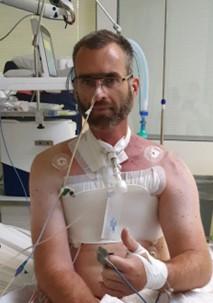
However, I was able to recover to some extent in the intensive care unit and was transferred to the ward after a few days.
There, my condition worsened day by day- I was utterly exhausted a few days after discharge from the ICU to the regular ward. I had significant breathing problems, and food intake was equally tricky. The mix of painkillers, sedatives and sleeping pills added to theirs and left me utterly disoriented at times. My wound reopened and bled constantly, and my whole body swelled up again. Due to Corona, care was limited.
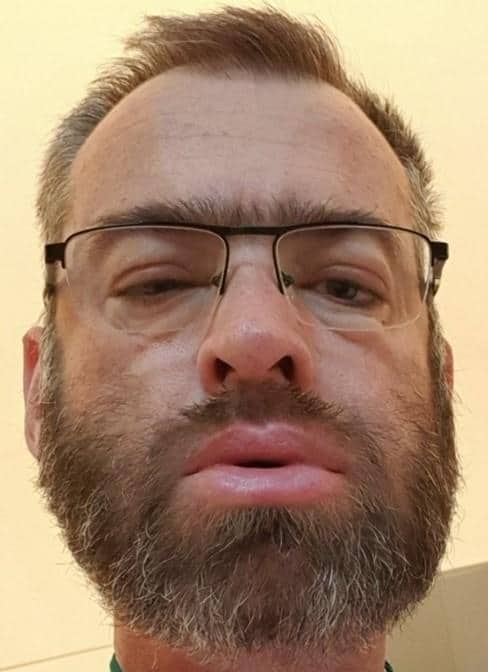
A few days later I woke up again in the intensive care unit, artificially ventilated. I did not register the transfer there anymore and altogether 5 days are missing in my memory until today.
After 13 days, when I was slowly getting better, I was transferred to a ward that was designed for lung patients because I was still unable to get off the ventilator at night. My blood pressure went wild – but now in the other direction. A sharp drop in blood pressure accompanied any attempt to sit or stand up. Eating and drinking did not work again – therefore, a stomach tube was needed again. My voice was fragile.
I was in this department for another 11 days. Physical therapy and speech therapy helped me a lot to get back on my feet to some extent. The feeding tube could be removed again. I was able to feed myself reasonably well again. Walking was possible with the support of a rollator. However, I continued to need oxygen because the oxygen saturation in my blood kept dropping.
On the 11th day, I was discharged to home care. I need a caregiver and took home the following challenges:
– Permanent oxygen supply.
– Respiratory problems due to impairment of both phrenic nerves.
– Dysphagia due to bilateral vocal cord paralysis and recent manipulation in this area.
– Nausea and vomiting from coughing and sneezing.
– General weakness. Standing and walking cause me difficulties and balance problems.
– Problems and severe pain in the neck muscles. My head kept falling forward.
– Mobility and fine motor problems of the left arm. Lifting above chest height was impossible, as was gripping smaller objects or working with the computer keyboard.
– The right eyelid kept closing
– Problems with circulation due to sudden drop in blood pressure, resulting in falls.
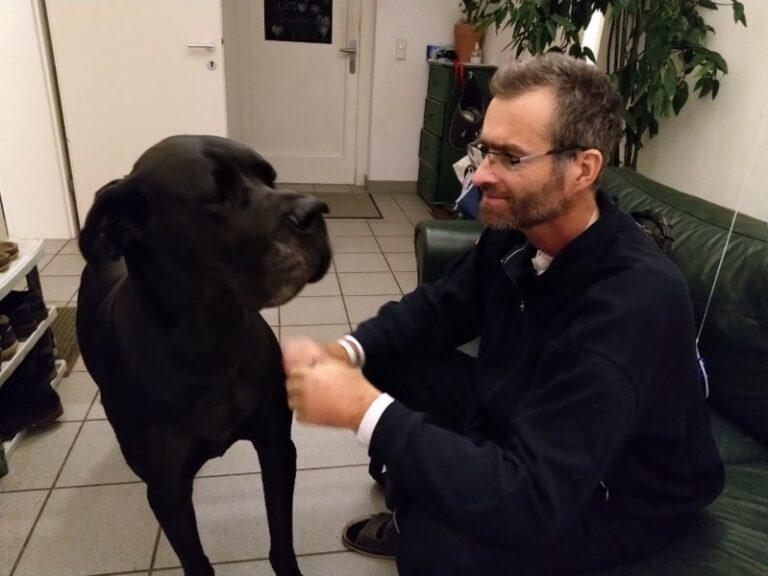
At home, my wife had already prepared everything necessary. The permanent oxygen supply was a challenge, but it worked quite well.
I was now able to phase out the painkillers, sedatives and sleeping pills slowly. This helped with the regeneration, which progressed very slowly but nevertheless. After six months, I could stop the permanent oxygen supply, as I could now demonstrate sufficient oxygen saturation in my blood at night after I had regained my strength and trained my respiratory muscles.
Unfortunately, however, my tumour markers also rose again, and tumour tissue pressed noticeably and painfully against the cannula. I knew then that I would now have to switch to therapy with TKIs (see above). I would not be able to manage another operation on this scale.
This was also initiated after some back and forth in the fall of 2021 – pretty much one year after my last major surgery. There were 3 approved drugs in Europe at that time. Two “older” drugs and one completely new drug, which had significantly fewer side effects with the same or better impact on the containment of my cancer. Unfortunately, I had to start with one of the older drugs, the effects of which were not long in coming. On the positive side, the pressure in my throat, which was already causing me great difficulty swallowing, was relieved. A few days later, there was no longer any sign of the tumour pressure.
However, since my electrocardiogram (ECG) changed critically, I had to stop this therapy.
Now, the new drug has come into play – my last hope.
Again, my EKG changed and had to be responded to. With a dose adjustment, I finally achieved a setting I still tolerate. There are a few side effects, but they are bearable.
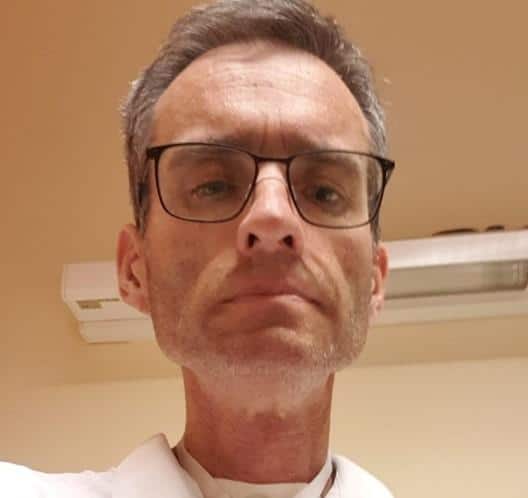
My tumour markers have remained elevated but constant since then, and the tumours on imaging have remained unchanged since then. The doctors speak of a “stable” condition.
I had one more surgery to remove one of the plates used to stabilize my chest after it became infected with a germ and came out in one spot. At the same time, something “silver” shone out from under my skin on my ribcage. I looked like Arnold Schwarzenegger in Terminator.
However, the surgery was like a child’s birthday party compared to the last surgery.
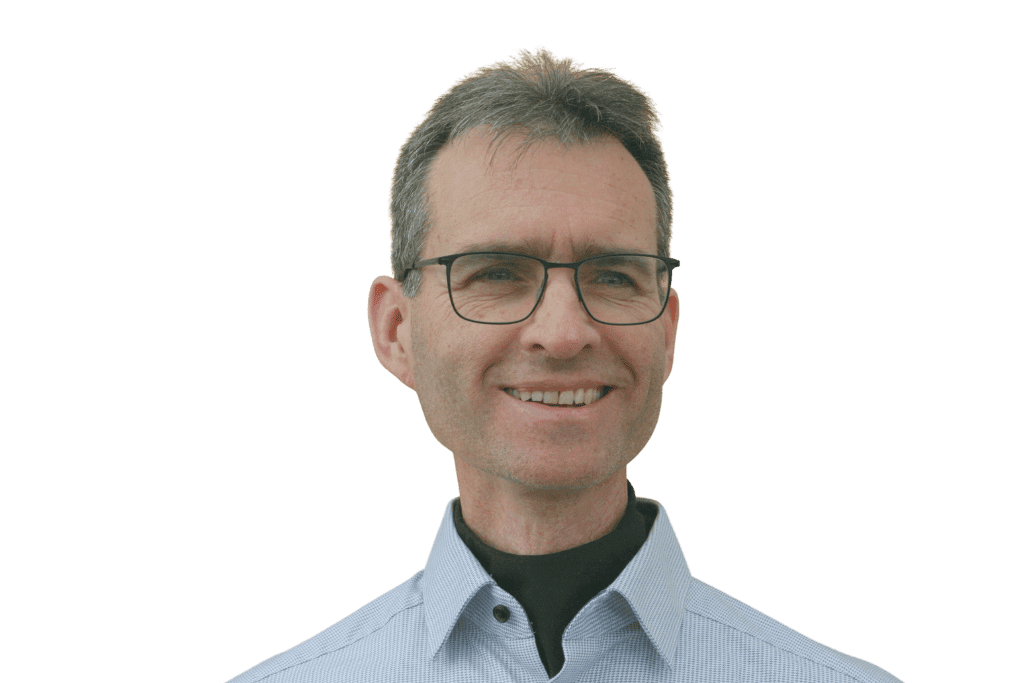
This is the short form of my medical history. Thank you so much for reading this far. I hope you can see that I was allowed to make one or the other experience at this time – not always entirely voluntarily. To share my experiences, tips and tricks on how I dealt with these challenges and came up with my solutions step by step, I have written various e-books and will be publishing more if there is interest.
Anyway, I will continue my story either way and notify you when there are updates. To do this, please sign up for the newsletter.
I hope that my medical history ends here now, or even better – there are only positive things to report.
Your Markus
